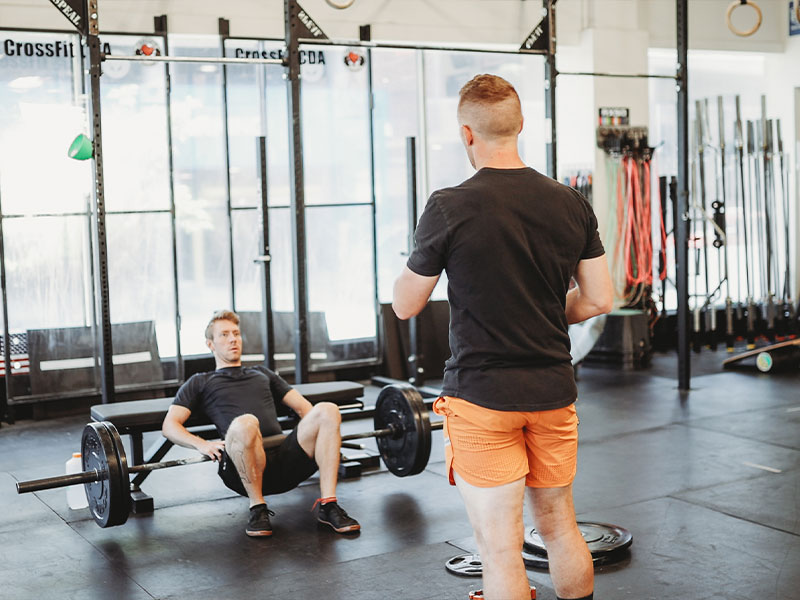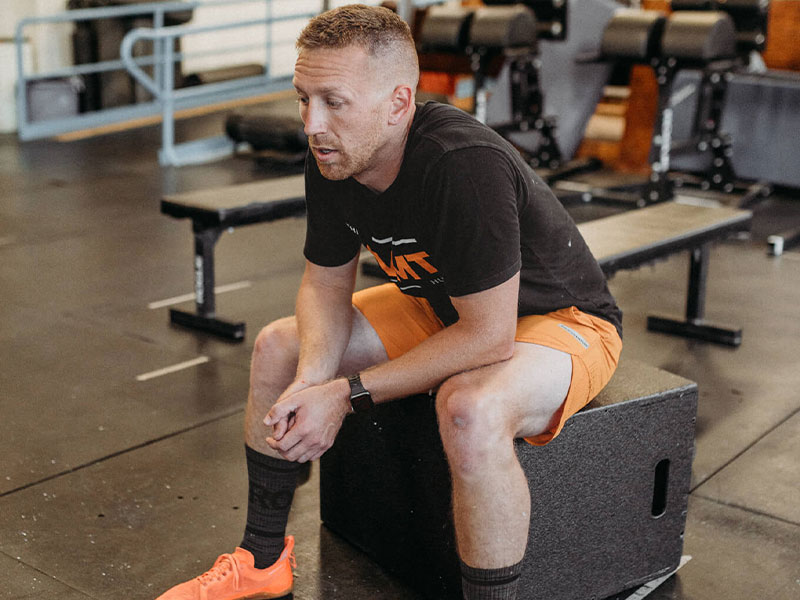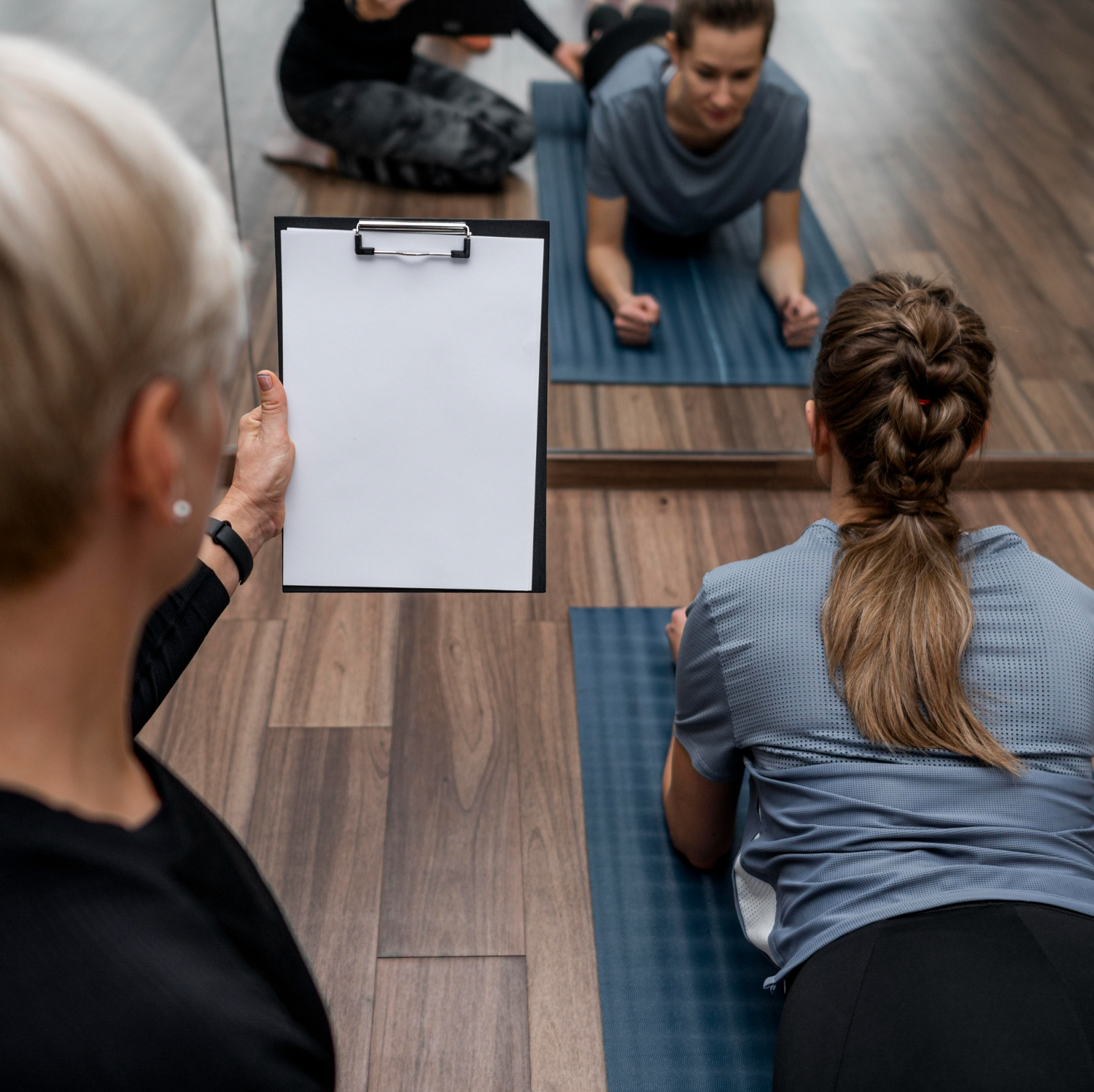When it comes to the health and performance of young athletes, a proactive approach to injury prevention is essential. While many parents and coaches focus on addressing or avoiding pain or existing injuries, it can be equally important to prioritize regular visits to a sports rehab doctor, even if children aren’t currently struggling with specific pain or an injury. Let’s explore the significance of early intervention, emphasizing movement patterns such as glute activation, knee caves, training knees over toes and correct T spine and shoulder mobility, as crucial elements in injury prevention for young athletes.
Movement Patterns: The Foundation of Injury Prevention:
Movement patterns lay the groundwork for an athlete’s overall performance and injury risk. By addressing and optimizing specific movement patterns at a young age, we can help young athletes develop proper biomechanics and minimize the risk of future injuries. Not to fit everyone into the same box, there is a general framework of movement based on the intended work to perform. Each individual’s anatomy and development must be factored into how movements are performed yet look or are accomplished with differences.
a. Glute Activation: Strong glute activation (posterior chain) is crucial for overall lower body stability and power production as an extension from the core. It helps maintain proper tracking and movement and reduces the risk of compensatory movements that can lead to injury. Reduced or lack of glute contraction can lead to medial knee caving or excess lumbar/pelvic movement, putting demand on joints and tissues that are not intended to withstand loads or have the endurance that we often put upon them.
b. Knee Cave: Addressing knee caving during movements such as squats and lunges is vital to preventing knee injuries. Encouraging proper tracking helps distribute forces evenly and prevents excessive stress on the knee joint and supporting tissues.
c. Training Knees over Toes: Contrary to popular belief, allowing the knees to move over the toes during exercises like squats is not inherently harmful. In fact, training knees over toes can enhance proper biomechanics, promote optimal muscle engagement and reduce strain on other joints. I often say you can’t move what you don’t train. During sports we may often find ourselves in a position where the knee is tracking forward over the toe, this can also happen if you happen to have a stumble and fall. By avoiding the position the involved tissues likely won’t have the capacity to withstand the forces that are involved, ie quick change of direction or fast deceleration. This is how many ACL injuries occur and could have different outcomes if these positions are properly trained.
d. T Spine and Shoulder Mobility: Adequate thoracic spine, shoulder mobility and scapular control are crucial for overhead movements, such as throwing, swimming, olympic lifts or gymnastic movements. Optimizing mobility (control through full range of motion) in these areas reduces the risk of compensatory movements and associated injuries balancing these movements across the proper tissues. Excess demand from an imbalance of any of these factors can result in neck injury or strain, rotator cuff injury or even trickle to mid and lower back pain.
Early Intervention for Long-Term Well-being:
Engaging young athletes in regular visits to a sports rehab doctor, even in the absence of pain or injury, establishes a foundation for long-term health and performance. Addressing concerns or limitations before they become a problem or injury and by identifying movement pattern imbalances and confronting them at an early age, we can help young athletes build a solid foundation for optimal athletic development.
Injury Prevention: The Key to Sustained Athletic Success:
Prevention is always better than reacting to an injury or being concerned with having to find a cure. By proactively addressing movement patterns and optimizing biomechanics we significantly reduce the risk of injuries that could derail an athlete’s progress and sideline them from engaging in their chosen sports or activities. Investing in injury prevention measures helps young athletes stay active, enjoy their sports, reach their full potential and often costs much less then the missed time and costs of dealing with a serious injury.
Injury prevention should be a top priority for young athletes, extending beyond addressing pain or existing injuries. Regular visits to a sports rehab doctor provide young athletes with the opportunity to optimize movement patterns, including glute activation, knee tracking, training knees over toes and maintaining proper T spine, shoulder mobility and scapular control. By investing in early intervention and injury prevention measures, we empower young athletes to reach their full potential while minimizing the risk of setbacks, serious injury and ensuring long-term athletic success.



